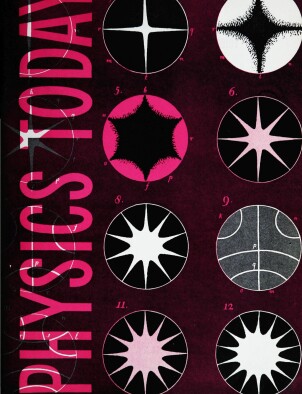Quantum electrodynamics
DOI: 10.1063/1.3067754
Historical parallels are never exact. Each development in science is something new and different from any which preceded it. Still it may be illuminating to discuss the progress that has recently been made in quantum electrodynamics, using the historical development of classical electrodynamics as a standard of comparison. So may we see our present knowledge and our present difficulties in their proper perspective. If Faraday’s appeal quoted above had been more effectively answered in his day, might not electromagnetic waves have been discovered less than thirty years later? We cannot answer such a hypothetical question. But every theoretical physicist who reads Faraday’s words will be uncomfortably aware that similar appeals are still being made and are still not being answered. This article attempts to express in simple words the results of our recent thinking in quantum electrodynamics, not fully, but clearly and definitely so far as that is possible.
More about the Authors
F. J. Dyson. Laboratory of Nuclear Studies, Cornell University.
